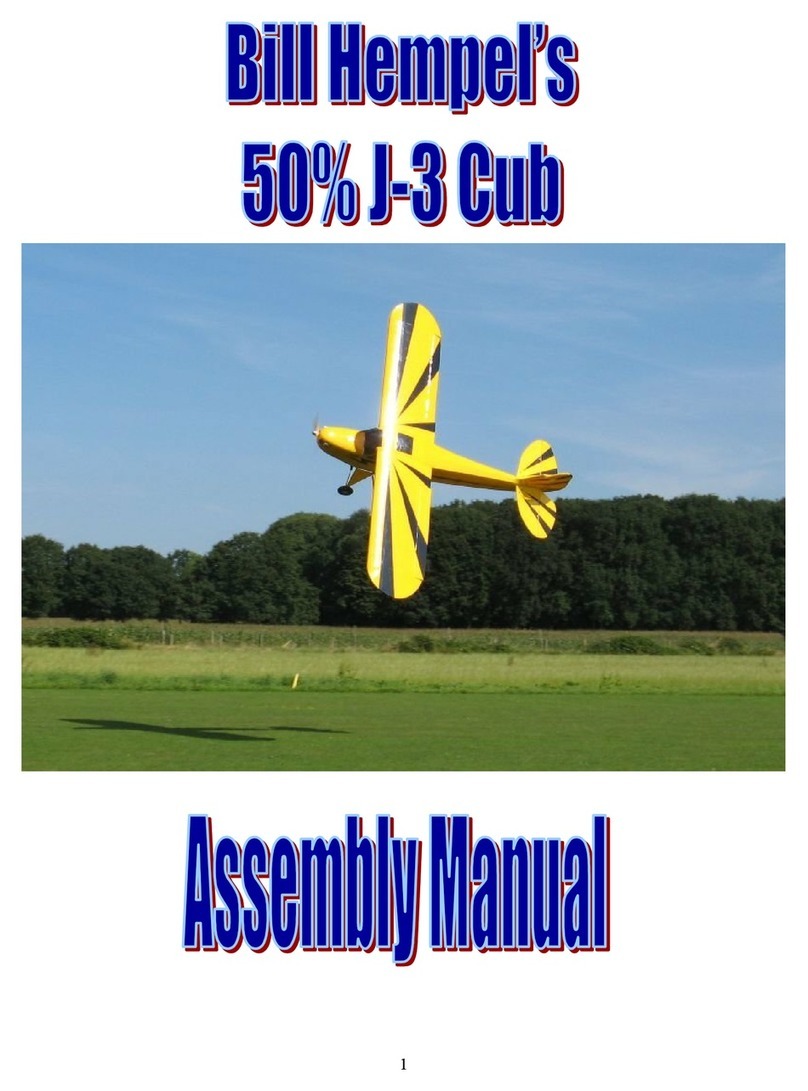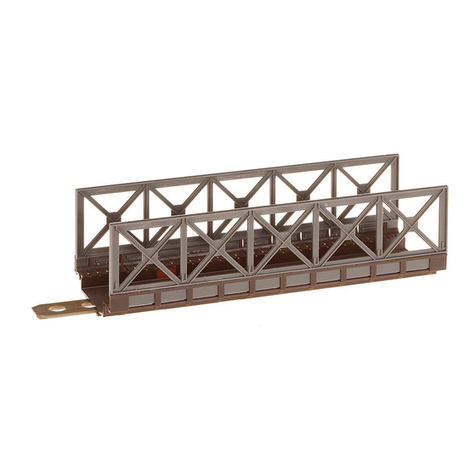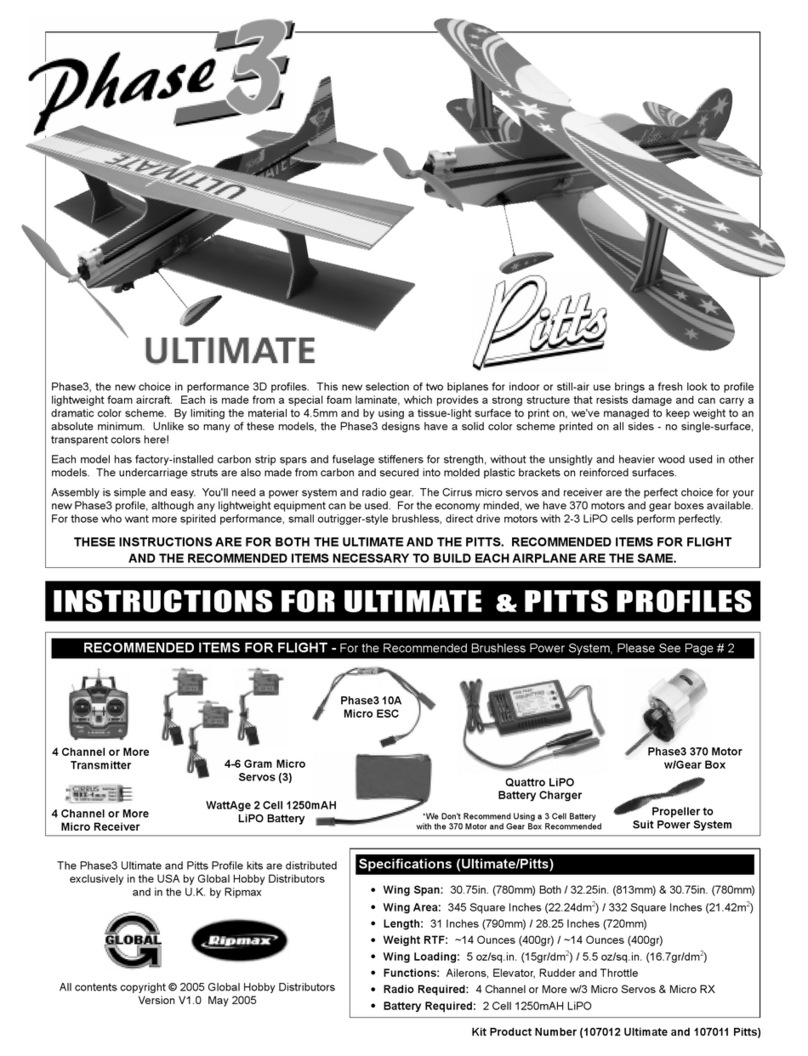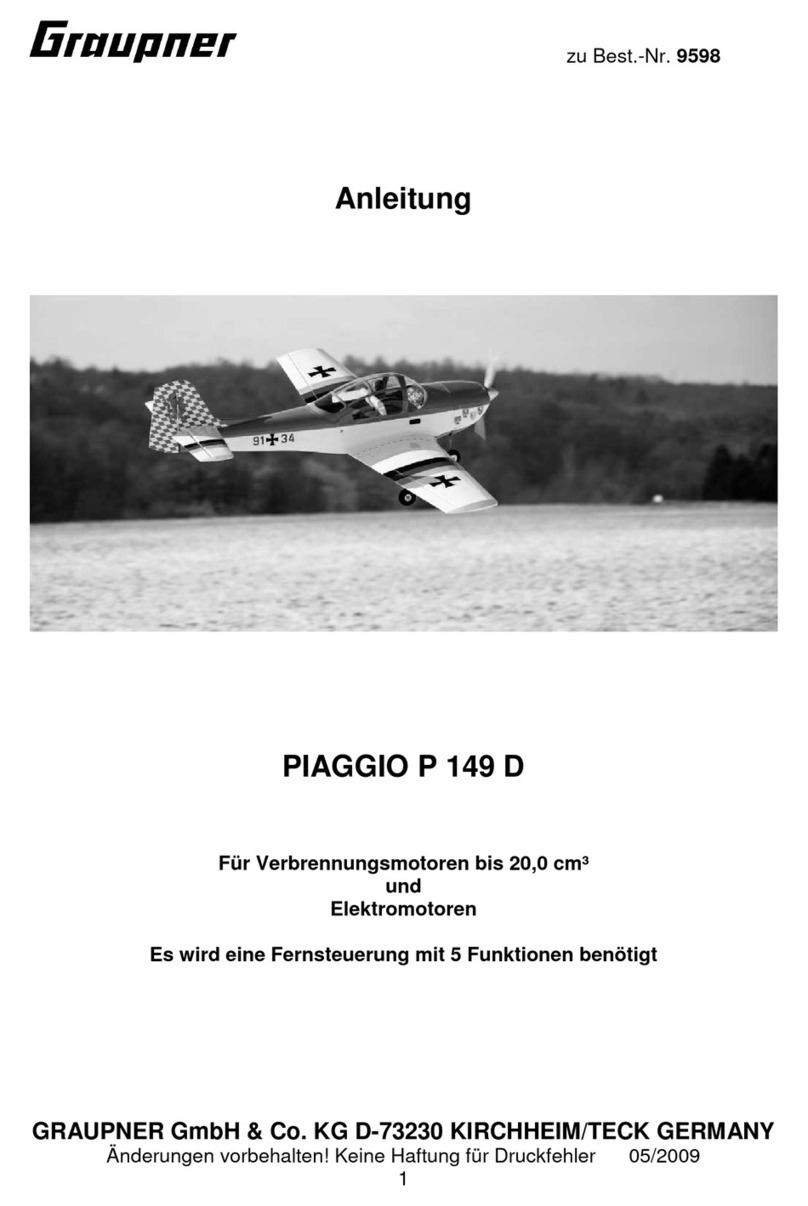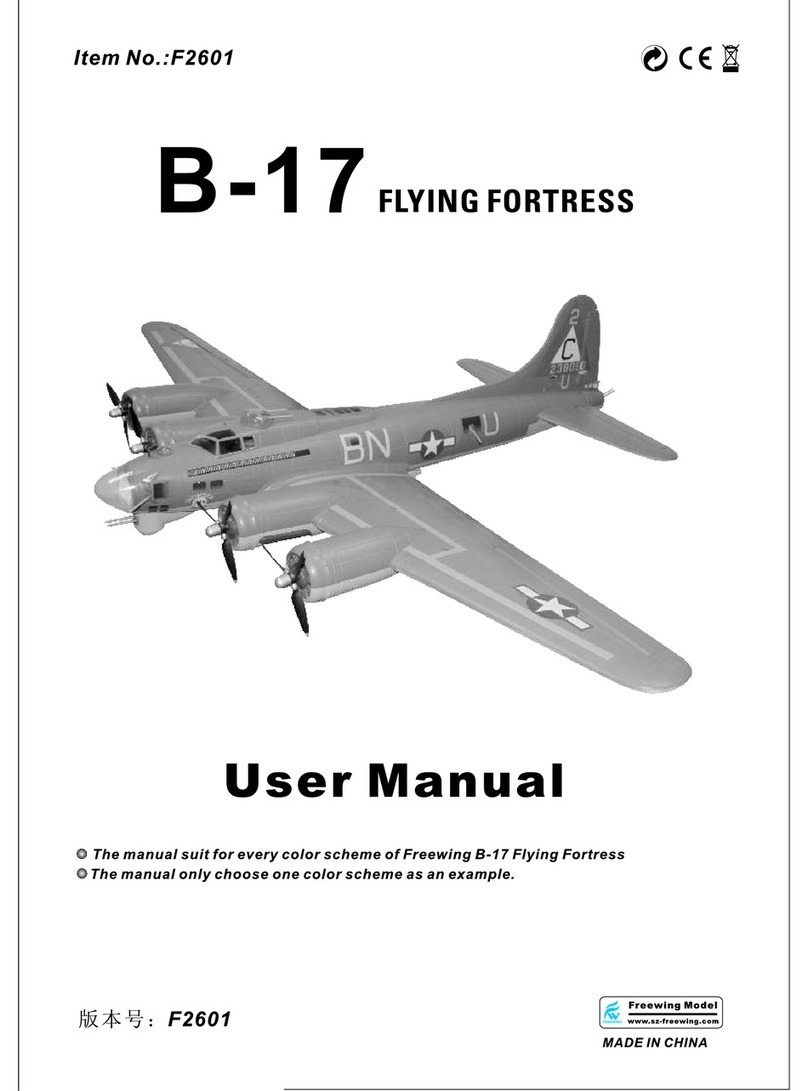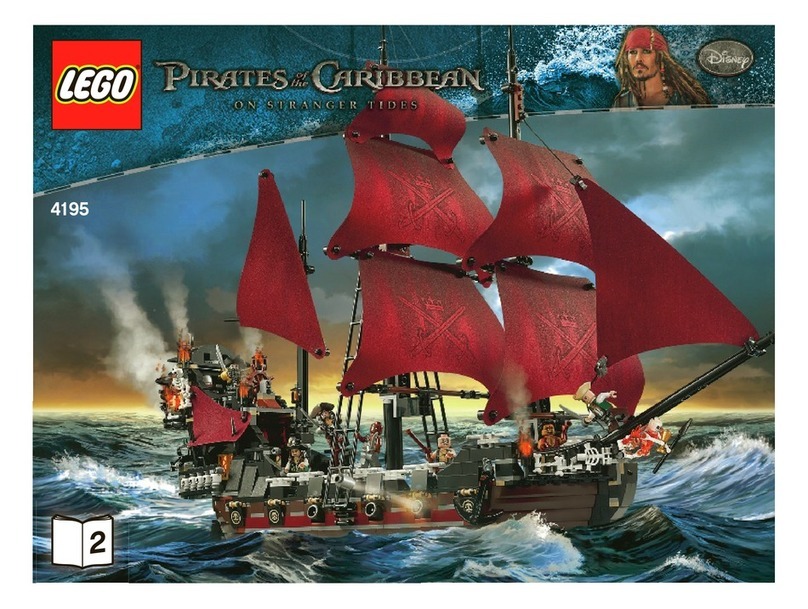Bill Hempel 42% Extra 260 User manual

42% Extra 260
Thank you for purchasing a Bill Hempel Team Edge aircraft.
We strive to build high quality and great flying aircraft. We have
used our years of experience in the hobby to design and build
aircraft that are competitive at the highest levels of aerobatic
competitions and that will last for many flying seasons.

2
We suggest that you read through the manual before starting the
assembly. If you have any questions or concerns please don’t
hesitate to e-mail us at teamedge@billhempel.com
Thank you
Bill Hempel
Billhempel.com assumes no liability for any damage resulting
from the user assembled product. By the act of using the assembled
product, the user accepts all resulting liability. The purchaser or
designated person flying this aircraft accepts all liability associated
with the use of this product. This product is sold as is and the
purchaser accepts any and all responsibility for structural or
mechanical failures. Because of the stresses that are associated
with aerobatic flight there is no warranty provided and
bill.hempel.com cannot be held liable.
WARNING:
Radio Control Model aircraft are not toys. If improperly used, it can
cause serious injury or death. Fly only in open areas, and at AMA
(Academy of Model Aeronautics) approved flying sites. The AMA
Safety Code must be followed. Follow all instructions included with
your plane, radio, and engine. The purchaser accepts all liabilities.

3
SPECIFICATIONS:
Wingspan - 123”
Length - 112”
Weight - 35 pounds
Engine - 150cc-170cc
Miscellaneous Needed:
Various Hand tools
Drill and drill bits
Rotary tool & sanding drum
Thread locker
Silicone Adhesive
Hobby Knife
3/8” Heat Shrink Tubing
Heat Gun
30 Minute Epoxy
Canopy Adhesive
Masking Tape
Rubbing Alcohol
Paper Towels
Additional Items Needed:
150cc to 170cc twin cylinder engine
Factory Mufflers, Canister Mufflers, or Tuned Pipes
Propeller (Engine manufacturer recommended)
Appropriate sized spinner bolt

4
Electronic Equipment Needed:
Radio 8 channel minimum
1 or 2 - 2.4 GHz receivers
2-4 - Elevator servos 330 ounce of torque (minimum)
4-6 - Aileron servos 330 ounce of torque (minimum)
2 - Rudder servos 330 ounce of torque (minimum)
8-10 – 1.5” or 2” Aluminum Servo Arms (Ailerons & Elevators)
1- Throttle servo
2 receiver battery packs (2300 mAH minimum)
1 x ignition battery 1600 to 2600 mAH
2 or 3 - Voltage Regulators (if needed)
3- Switches: 2 for receiver, and 1 for ignition.
Servo extensions required:
Ailerons: 2 x 12”, 2 x 36”
Elevators: 2 x 48”
Rudder: 2 x 48”
Throttle: 18”
Unpacking:
Carefully remove the aircraft from the boxes and inspect for any
damage. If you have any damage it must be reported to the freight
company immediately. Billhempel.com is not responsible for any

5
shipping damage. You must contact the carrier. We will work with
the purchaser and the freight company to resolve any issues.
However a claim must be filed before we can begin the process.
Re-shrink the Covering:
Before doing any assembly or installation it is very important to re-
shrink or re-tighten the already applied covering. Due to the
shipping process, heat and humidity changes from different
climates, the covering may become lose and wrinkle in the sun. If
you take the time to re-tighten the covering, you will be rewarded
with a long lasting beautifully covered model. Using your
covering iron with a soft sock, gently apply pressure and rub in the
covering. If any bubbles occur, your iron may be to hot. Reduce
heat and work slowly. You should be able to just see the wood
grain under the covering when proper adhesion has occurred.
IMPORTANT:
Go over any and all seams and color overlaps with your iron to
assure good adhesion of the covering to the wood. This is
especially important at the Leading edges of the wings and
stabs and all overlapping material.
Once all seems have been ironed down, then use a heat gun
with extreme caution. Be careful; don’t apply too much heat to
one area for long periods of time. This may cause the trim
colors to over shrink and pull away leaving unsightly gaps on
the color lines. The trim stripes are especially vulnerable to

6
over shrinking. Tightening and re-shrinking the covering is
now complete.
Getting Started:
Using a hobby knife or soldering iron, carefully remove the
covering from the areas shown below.

7

8
Hinging the Control Surfaces:
The airframe has been pre-drilled with hinge point style hinges.
30 minute epoxy is used to glue the hinges in place in the control
surfaces. Be careful to not get any epoxy in the hinge joint.
Vaseline placed in a small glass jar or shot glass will turn to liquid
when heated with a heat gun. Dip the hinge in the Vaseline and set
it aside to dry. Once the Vaseline has hardened in the hinge joint;
clean the hinge with rubbing alcohol and paper towels. Make sure
that there is no Vaseline on the gluing surface. Sandpaper can be
used to lightly scuff the hinges to provide for a better gluing
surface. After scuffing the hinges re-clean them with rubbing
alcohol and paper towels.

9
Locate the four hinges that have had the ends slightly shortened.
Two of the shortened hinges are installed in the horizontal
stabilizer closest to the root. This insures that the hinge doesn’t
interfere with the stab tube.

10
Once the epoxy has fully cured in the horizontal stabilizer the
elevator can be glued in place. Masking tape is used to hold the
control surface in place while the epoxy cures. Paper Towels and
rubbing alcohol can be used to clean up any excess epoxy.
Repeat this hinging process on the ailerons and rudder.
Servo Installation:

11
Connect a 36” servo extension to the outboard aileron servo and a
12” servo extension to the inboard aileron servo. The elevator and
rudder servos each require a 48” servo extension. The throttle
servo requires an 18” servo extension. Slide 3/8” heat shrink
tubing over the servo connectors and shrink it with a heat gun.
Install the servos and secure them with the servo screws that are
supplied with the servos, or use 9/16” socket head servo screws.
Control Horn & Pushrod Installation:

12
Install the control horns as shown above. Use medium (blue)
thread locker on the control horn bolts. Because the aileron is
thicker at the root than at the tip; the outboard control horn arm
should be mounted near the top of the treaded rod, and the inboard

13
control horn arm should be 1/8” lower on the treaded rod. This
helps to keep the servo travel the same, and keeps the two servos
from twisting the aileron.
Assemble the pushrods. The pushrods are right hand thread on one
end and reverse threaded on the other. This allows for easy
pushrod length adjustment.
Use medium (blue) thread locker on the servo screws.

14
Tail wheel Bracket Installation:
Place a flat washer on each screw and then apply thread locker to
the screws. Mount the carbon fiber tail wheel bracket on the
fuselage.

15
Mount the rudder steering arm on the rudder with the supplied
wood screws and the install the tail wheel springs as shown.
Landing Gear Installation:

16
In the landing gear hardware bag you will find four socket head
cap screws and flat washers for mounting the landing gear. The
landing gear is installed with the gear swept slightly forward.
Landing Gear Cuff Installation:

17
The Landing Gear Cuffs can be installed as they come in the kit or
for a more scale effect you can install some black rubber tubing on
the cuffs. Use clear silicon adhesive to glue the cuffs in place,
clamp the cuff in place until the adhesive has fully cured.
Axle and Wheel Installation:

18
Install the axles and wheels as shown.
Wheel Pant Installation:

19
Install the blind nuts in the wheel pants as shown, apply medium
thread locker to the attachment screws. Make sure that the wheels
are centered in the wheel pant, and that they don’t rub on the edges
of the wheel pant.
Engine Installation:
Tape the engine mounting template in place on the firewall. Drill
four ¼” holes for mounting the engine. ¼ x 20 x 2” socket head
cap screws and large flat washers were used to secure the engine.

20
We built a simple tray out of light plywood to hold the ignition
unit and ignition regulator. The ignition unit and regulator were
secured with hook and loop material. Place foam rubber under
both the ignition unit and regulator.
Cut a slot on each side of the motor box for the spark plug wires to
exit. Place some plastic conduit over the spark plug wire to help
prevent chaffing. We mounted the ignition battery in the bottom of
the motor box. Place foam rubber under the battery, and secure it
with hook and loop material.
Table of contents
Other Bill Hempel Toy manuals
Popular Toy manuals by other brands
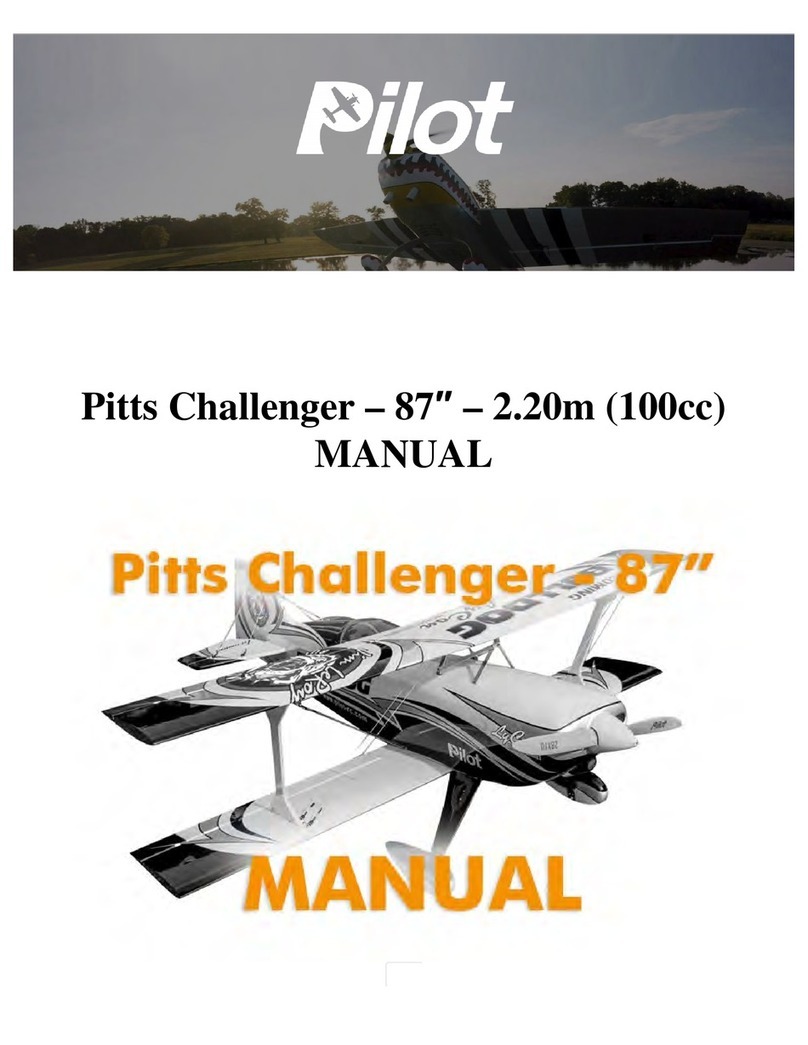
Pilot Communications
Pilot Communications Pitts Challenger manual
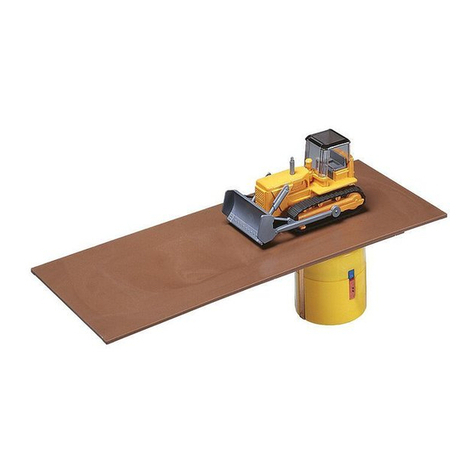
Faller
Faller Angel dozer with drive quick start guide
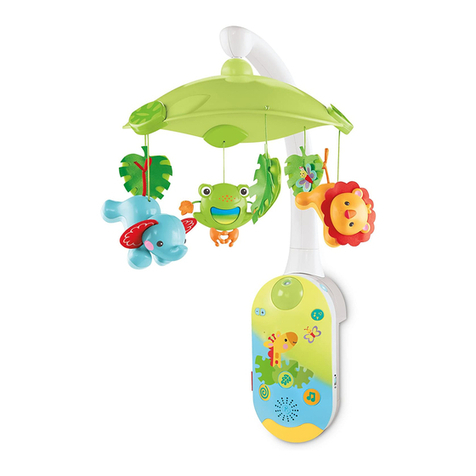
Fisher-Price
Fisher-Price CMK04 manual

Rail King
Rail King PCC ElectricStreet Car Operator's manual

Sansibaer
Sansibaer SPLINT25 V instruction manual
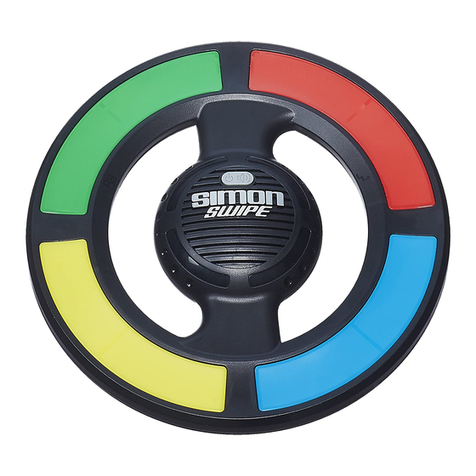
Hasbro Gaming
Hasbro Gaming SIMON SWIPE instructions
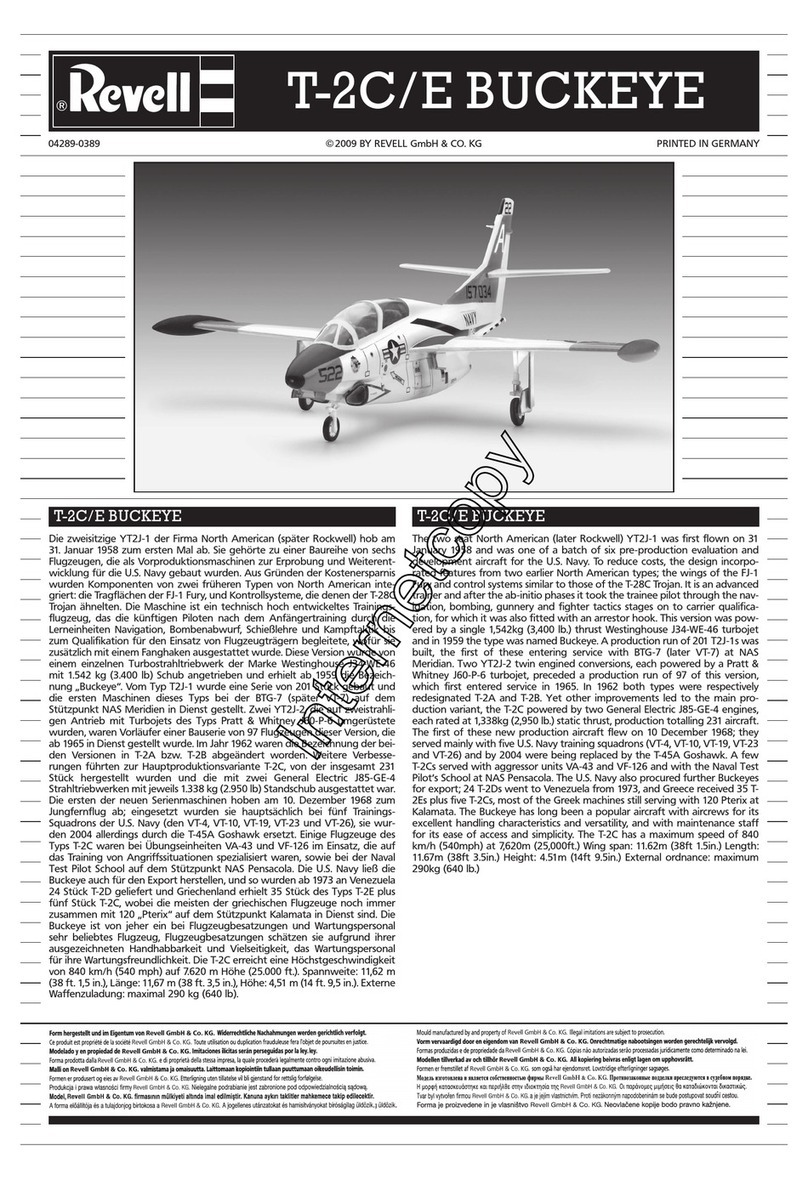
REVELL
REVELL T-2C/E Buckeye Assembly manual

Zapf Creation
Zapf Creation Baby Annabell 916236 manual

Chipolino
Chipolino MILD02106DIN Instructions for use
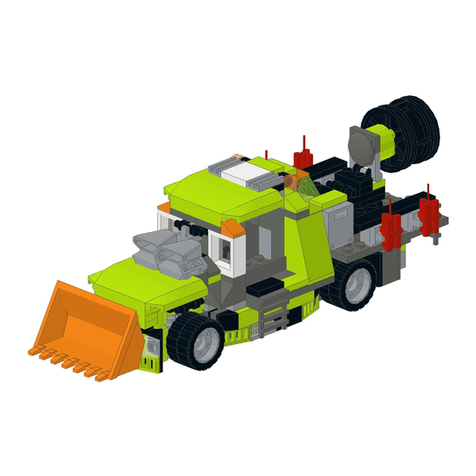
LEGO
LEGO Rubble Rescue Rover Building instructions
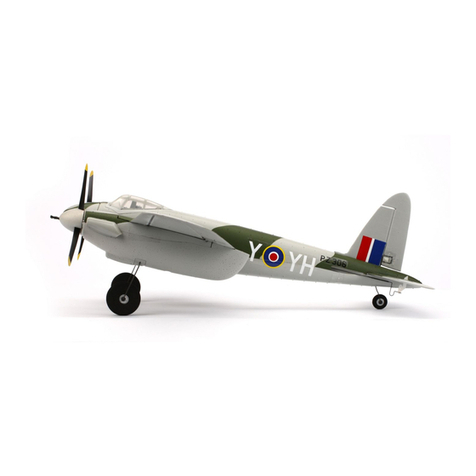
PARKZONE
PARKZONE Ultra Micro DH 98 Mosquito Mk VI instruction manual

Skywalker
Skywalker STRC1400 user manual
